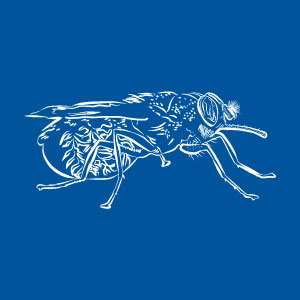
Objective 1 involves sociological and entomological components.
For the entomological study, risk of infection is estimated by determining the densities of tsetse flies using a variety of tsetse sampling methods, focusing on particular communities in Tanzania where people live in close contact with tsetse flies. Captured flies are dissected to determine their age and whether they carry infection. Additionally, the infected flies are analysed to determine the trypanosome subspecies. Entomological data is collated into a Geographical Information System (GIS).
The main outcome of the sociological component is to determine the levels of knowledge of present and future risks. The secondary outcome is to find out attitudes towards disease control and the practice of disease control. The perceived risk amongst communities is assessed through questionnaires, semi-structured interviews and focus group discussions (FGDs). These methods help to ascertain what different groups know about tsetse and HAT. Local livestock owners, farmers and other residents are asked about the current risks of trypanosomiasis infection to both themselves and their livestock. Other research questions include views on perceived changes in climate, tsetse, livestock and game population levels and perceived relationships between these changes and trypanosomiasis health threats.




